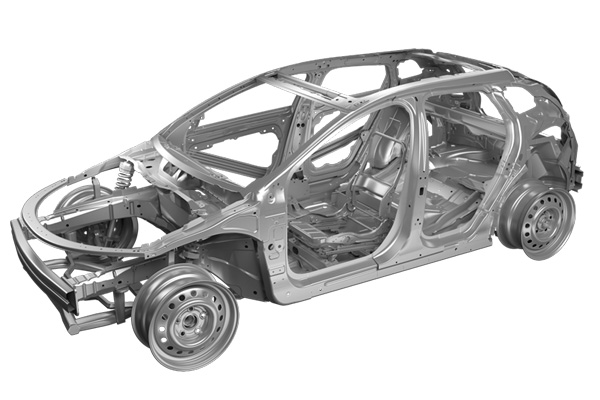
Docol 3rd generation steel
SSAB introduces 3rd gen metal-coated steel product
DUBAI, May 10, 2018
SSAB, a leading Nordic and US-based steel company, is expanding its product offering through its first 3rd generation metal-coated steel product - Docol 600DH-GI, which is ready for customer trials.
Matti Säily, product manager, metal coated products, SSAB Europe, said: “We are taking a step towards third generation steels by launching the galvanised Docol DH steel family.”
“A product with a tensile strength of 600 MPa is now ready for customer trials and will be joined later this year by products with a tensile strength of 800 and 1000 MPa,” he said.
One of SSAB’s strategic targets is to grow the share of premium steels annually in the automotive industry to 750,000 tonnes by 2020, said a statement.
Shipments amounted to 442,000 tonnes in 2016 and last year had already grown to 537,000 tonnes. Third generation steels are one of the ways towards this goal and enable us to serve customers even better, it said.
Arnaud Guerendel, global sales director, automotive segment, SSAB Europe, said: “Trends towards structural light weighting, tougher emissions limits, safety standards and electrification improve the growth outlook for the use of special high-strength steels in the automotive industry.”
“The industry also demands high formability for special components which allow light weight. Sustainability is also increasingly an important factor. We have noticed that it is worth focusing on the automotive segment,” he added.
Säily continued: “First generation steels still play a major role, but extra good formability now creates an opening for third generation steels to compete with press-hardening steels and aluminium.”
“Third generation steels combine strength and good formability at a new level, and they come into the picture when complex, challenging shape is required,” he added.
Our approach in product development is to offer all our high-strength steel products to the automotive segment in compliance with major original equipment manufacturers (OEM) standards and requirements. Besides OEM standards the new developments in third generation steels follow also VDA standard (a German quality management system standard initiated by automotive industry).
First generation steels are suitable in many cases and will continue to play a big role in future car design, but they inevitably have limited formability. Second generation steels suffer from poor usability because of high alloying and high costs. Third generation steels can solve many problems and benefit the customer because they are just as strong as existing products and their enhanced formability means they can be used in various safety and structural items in BIW (Body-in-white).
DH steels can also be used to resolve problems in current vehicle components that have been designed for first generation steels if there have been challenges with formability, it stated. – TradeArabia News Service







